In a first, NASA's Hubble Telescope directly measures mass of a lone white dwarf
NASA's Hubble Space Telescope has, for the first time, measured the mass of a lone white dwarf. Here is what the space research organisation informs.

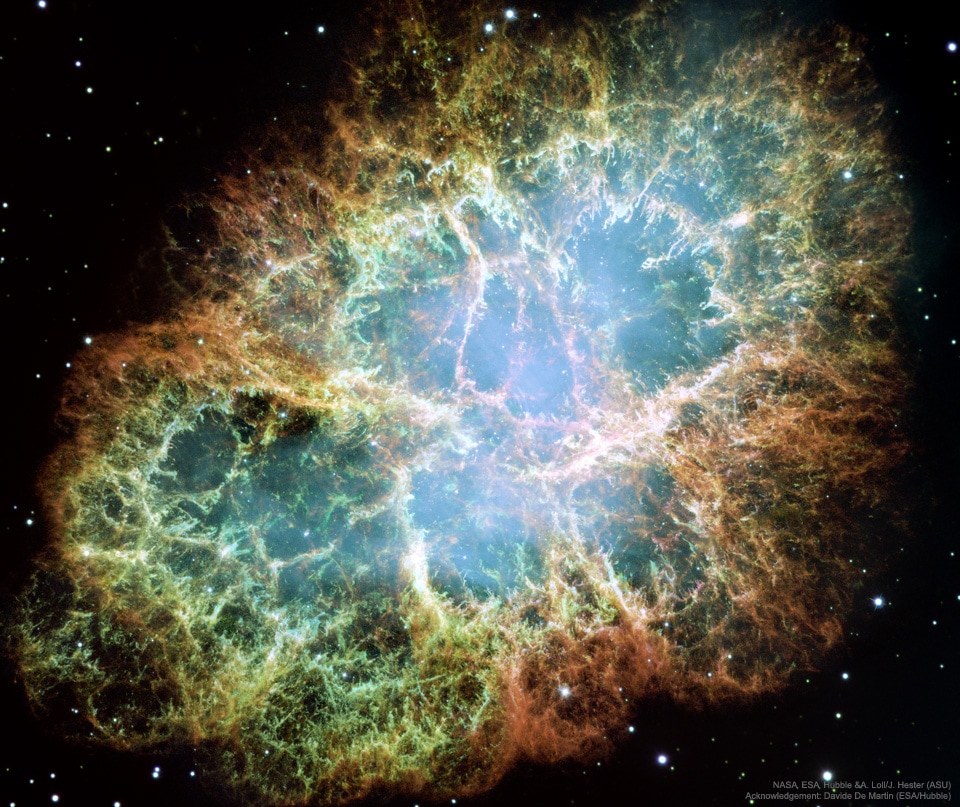
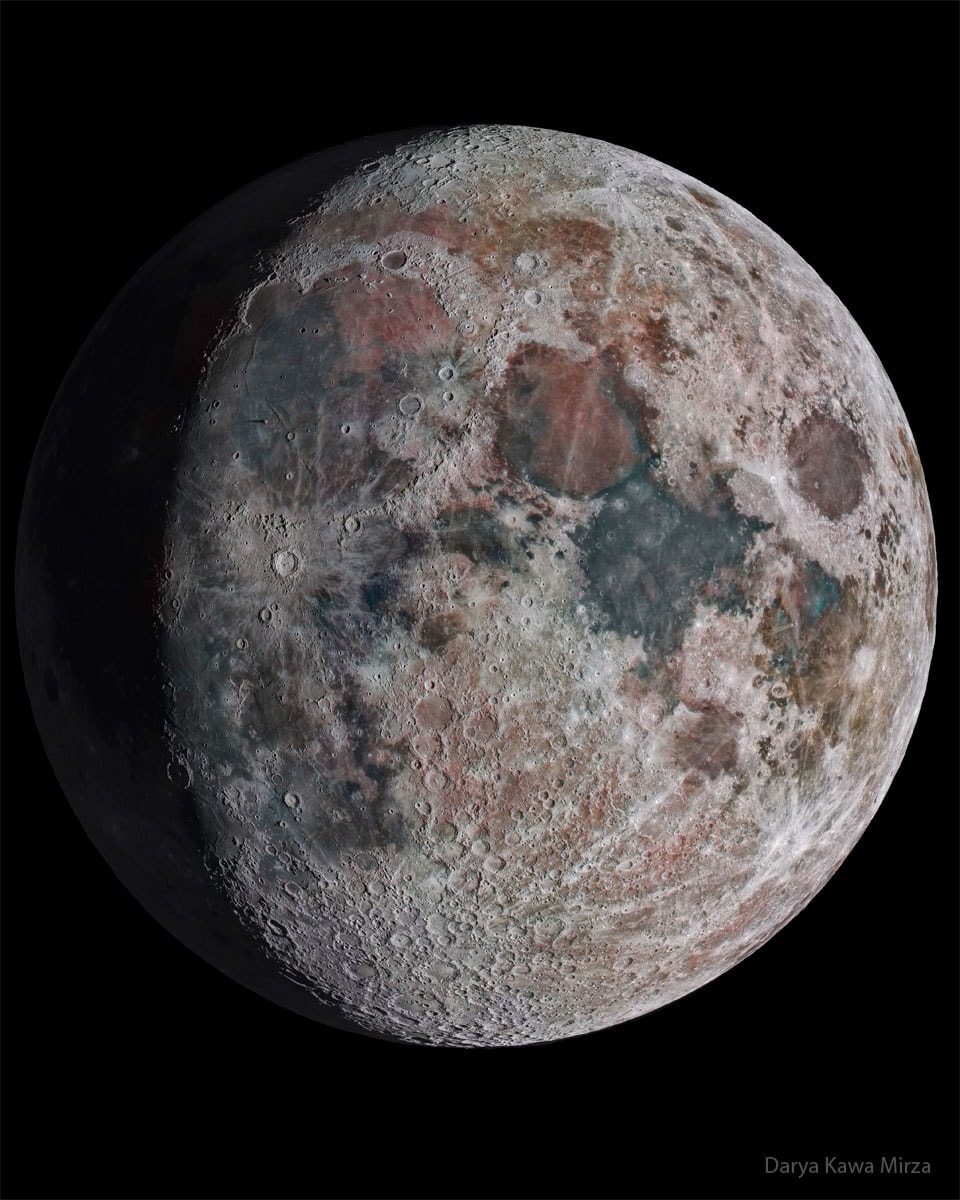
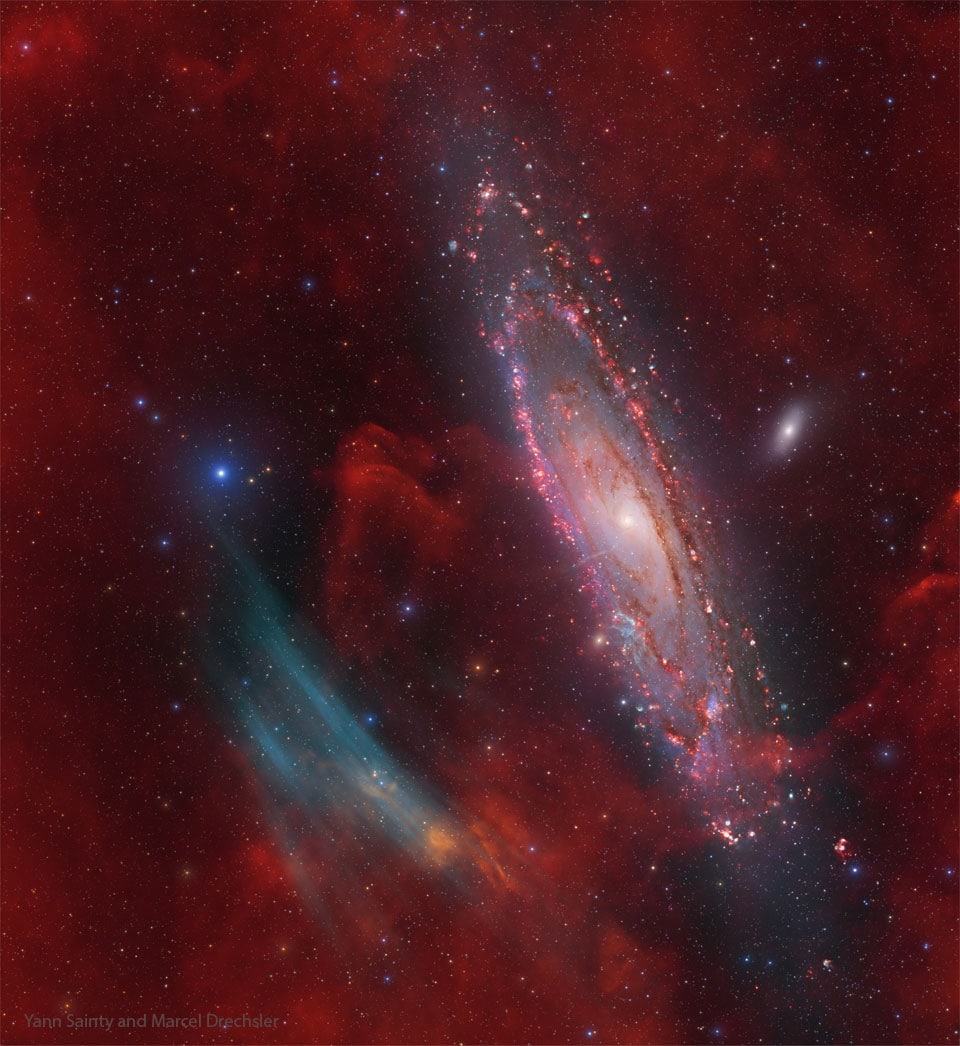
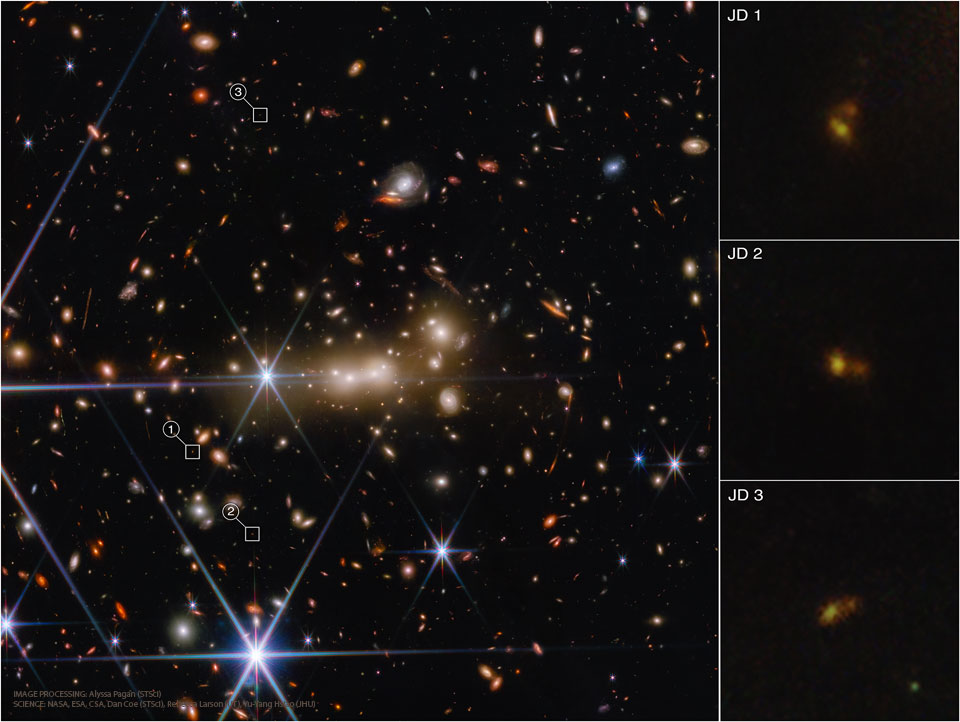
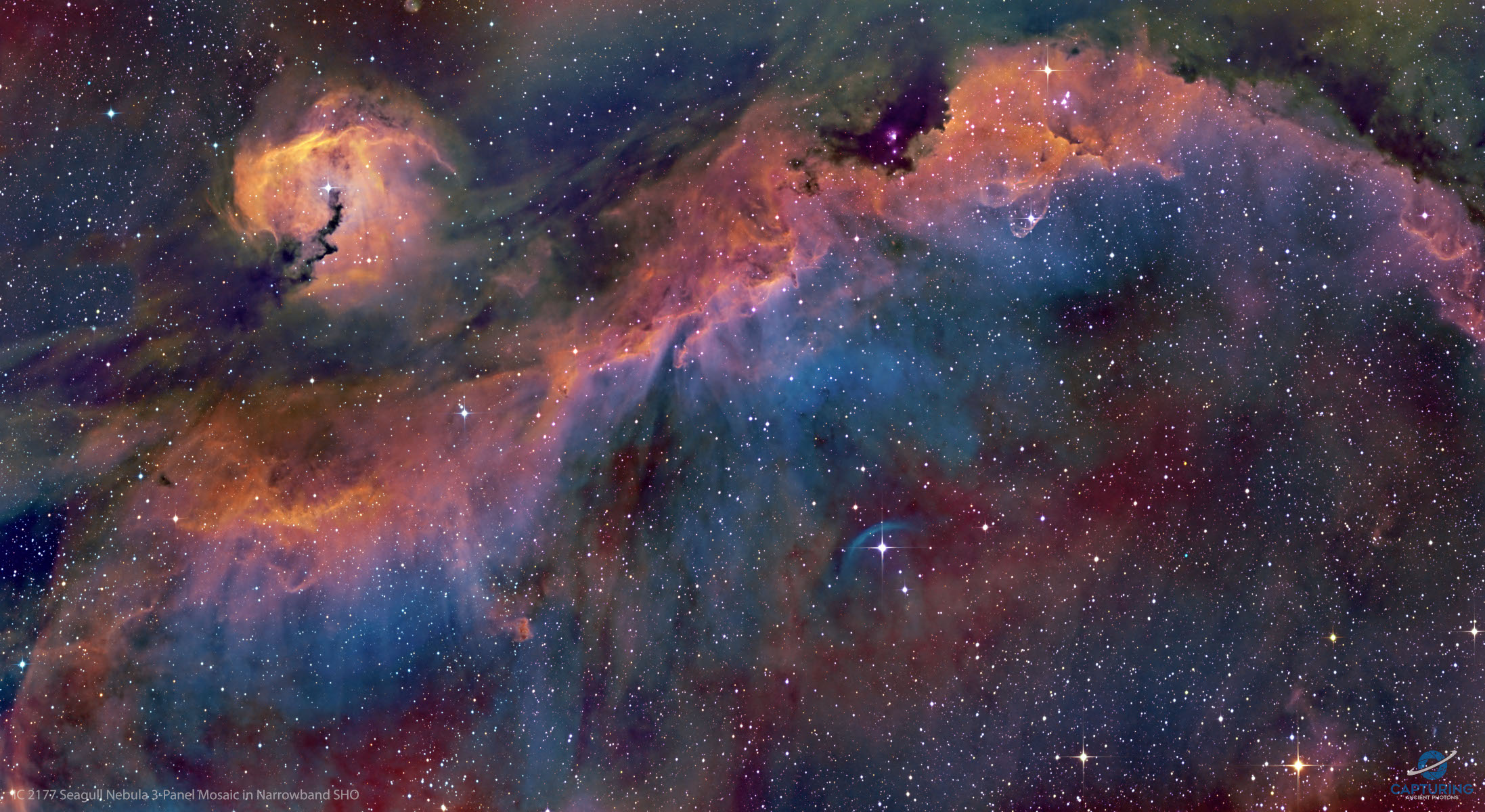
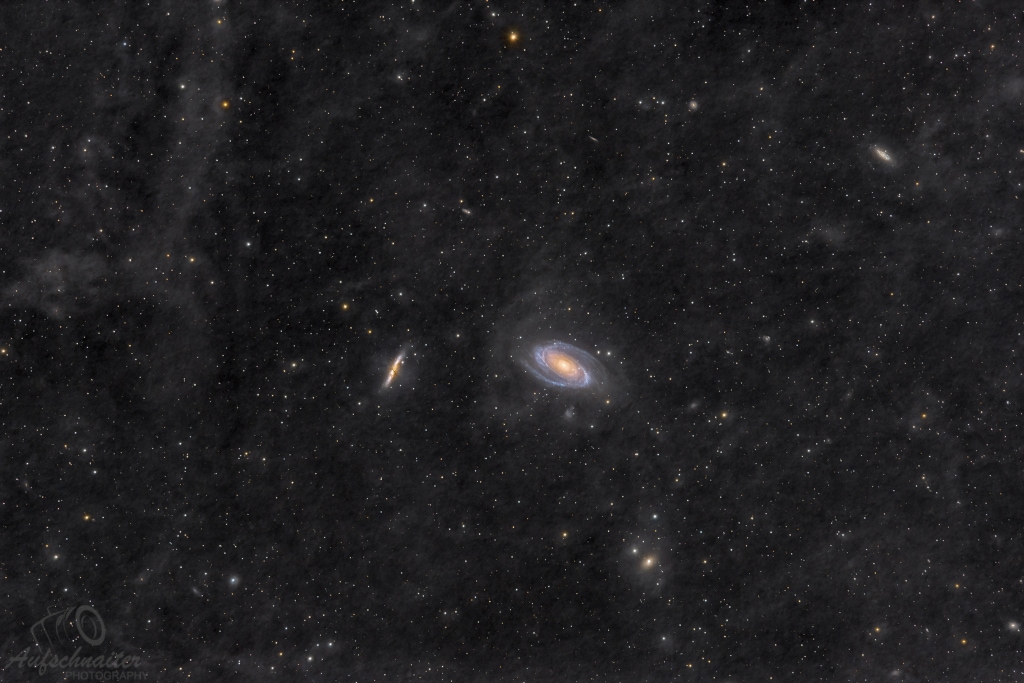
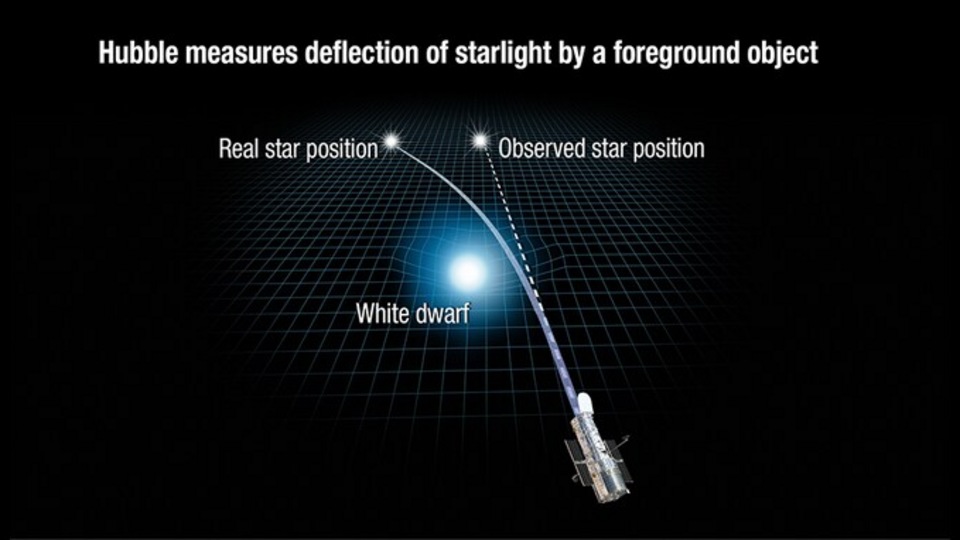
 View all Images
View all ImagesNASA's Hubble Space Telescope has added one more first in its list. Astronomers using the Hubble Telescope have for the first time directly measured the mass of a single, isolated white dwarf – the surviving core of a burned-out, Sun-like star. Researchers found that the white dwarf is 56 percent the mass of the Sun. This agrees with earlier theoretical predictions of the white dwarf's mass and corroborates current theories of how white dwarfs evolve as the end product of a typical star's evolution. The unique observation yields insights into theories of the structure and composition of white dwarfs, NASA said in a report.
Until now, previous white dwarf mass measurements have been gleaned from observing white dwarfs in binary star systems. By watching the motion of two co-orbiting stars, straightforward Newtonian physics can be used to measure their masses. However, these measurements can be uncertain if the white dwarf's companion star is in a long-period orbit of hundreds or thousands of years. Orbital motion can be measured by telescopes only over a brief slice of the dwarf's orbital motion.
For this companion-less white dwarf, researchers had to employ a trick of nature, called gravitational microlensing. The light from a background star was slightly deflected by the gravitational warping of space by the foreground dwarf star. As the white dwarf passed in front of the background star, microlensing caused the star to appear temporarily offset from its actual position on the sky.
The results are reported in the Monthly Notices of the Royal Astronomical Society. The lead author is Peter McGill, formerly of the University of Cambridge (now based at the University of California, Santa Cruz). "McGill used Hubble to precisely measure how light from a distant star bent around the white dwarf, known as LAWD 37, causing the background star to temporarily change its apparent position in the sky," the space research organisation informed.
The collapsed remains of a star that burned out 1 billion years ago, LAWD 37 has been extensively studied because it is only 15 light-years away in the constellation Musca. "Because this white dwarf is relatively close to us, we've got lots of data on it – we've got information about its spectrum of light, but the missing piece of the puzzle has been a measurement of its mass," said McGill.
The team zeroed in on the white dwarf thanks to ESA's Gaia space observatory, which makes extraordinarily precise measurements of nearly 2 billion star positions. Multiple Gaia observations can be used to track a star's motion. Based on this data, astronomers were able to predict that LAWD 37 would briefly pass in front of a background star in November 2019.
Once this was known, Hubble was used to precisely measure over several years how the background star's apparent position in the sky was temporarily deflected during the white dwarf's passage.
Catch all the Latest Tech News, Mobile News, Laptop News, Gaming news, Wearables News , How To News, also keep up with us on Whatsapp channel,Twitter, Facebook, Google News, and Instagram. For our latest videos, subscribe to our YouTube channel.































